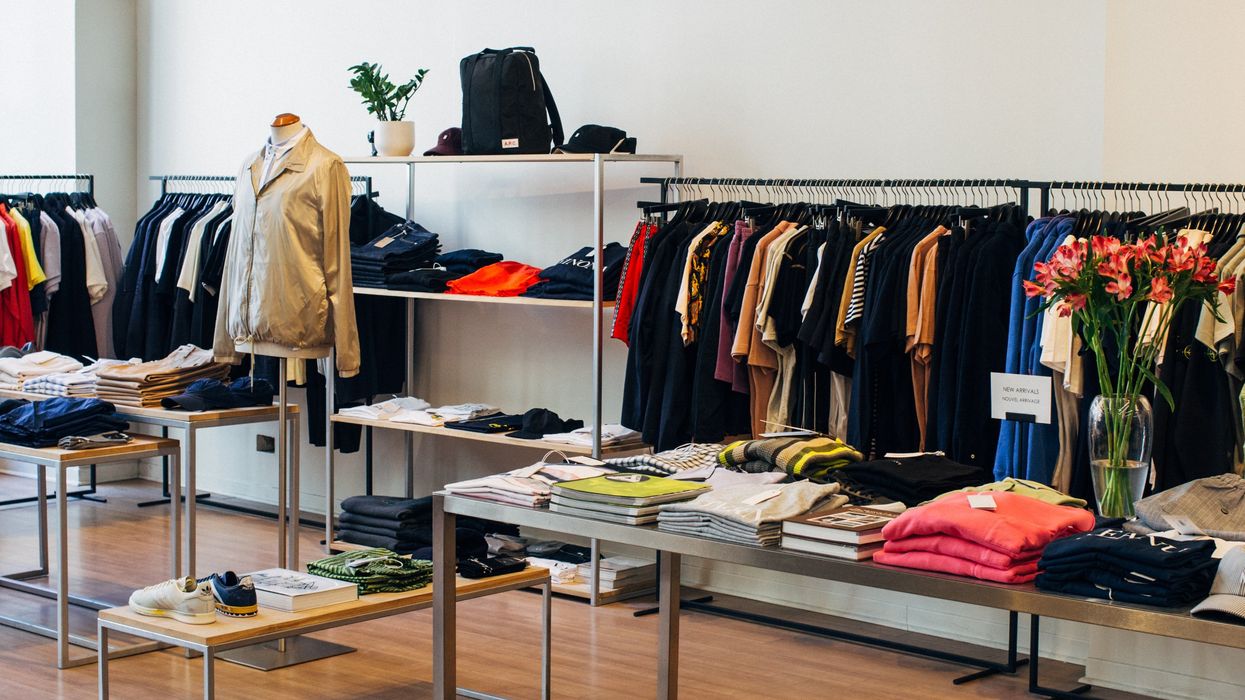The internet specializes in abundance. That's why the number of available shopping channels, stores and brands has grown with ecommerce. But providng more options doesn't necessarily mean consumers will want to spend more time sifting through all of them. In fact, consumer expectations that a shopping experience will match their preferences and needs are only poised to grow.
Consumer financial services company Synchrony recently surveyed 1,000 consumers to put numbers behind this trend. The Future of Shopping study's key finding: 80% of shoppers will expect shopping experiences that are curated for them by 2030.
While this could usher in an era of personalization, for now the explosion of new options is also producing a more fragmented landscape, the study states. Not only do brands and retailers have their own shopping experiences, but there are also new ecommerce marketplaces. Shopping is also available on social media apps and payment platforms. This creates choice, but it could also create stress for consumers who struggle to find what they want in all of it.
Creating more connected experiences – with brands, between brands and between other web-based experiences – may help ease the path for shoppers, the study found.
“Moving forward, the focus will be on developing more connected experiences across channels, brands, online and in-store,” the report states. “Outstanding customer service and brand ambassadors are key to helping consumers gain insights and drive loyalty.”
Here are five ways brand and retailers can offer more curation and flexibility that came through in the findings:
Go together: 67% of consumers believe that multiple brands creating joint offers would enhance their experiences across channels.
Full journey: 42% of shoppers said they were likely to register or participate in experiences that offer a range of options, such as an app that would sell not only a ticket, but also connect it to their calendar and suggest an outfit to wear.
In-person ratings and recommendations: 52% of shoppers would be interested in an in-store shopping experience where the associate leverages crowdsourced ratings and preferences to deliver recommendations on a smartphone.
Fewer products: One way to reduce confusion is to reduce the number of choices available to consumers. The survey found that 62% shoppers believe a shopping experience would be simpler if stores offered fewer choices.
Embedded shopping: As advances in mobile technology make activities more connected, shopping experiences will increasingly become a part of a wider digitally-enabled experience that brings together a number of activities. 64% of the shoppers surveyed believe that in the future brands will reach them through separate but linked activities. People will shop inside of a game, or receive recommendations on their phone while out for a walk.
"The act of shopping has become and will continue to move away from being an isolated activity, instead being embedded into other activities such as scrolling through social media, gaming or going for a walk," the study states.












